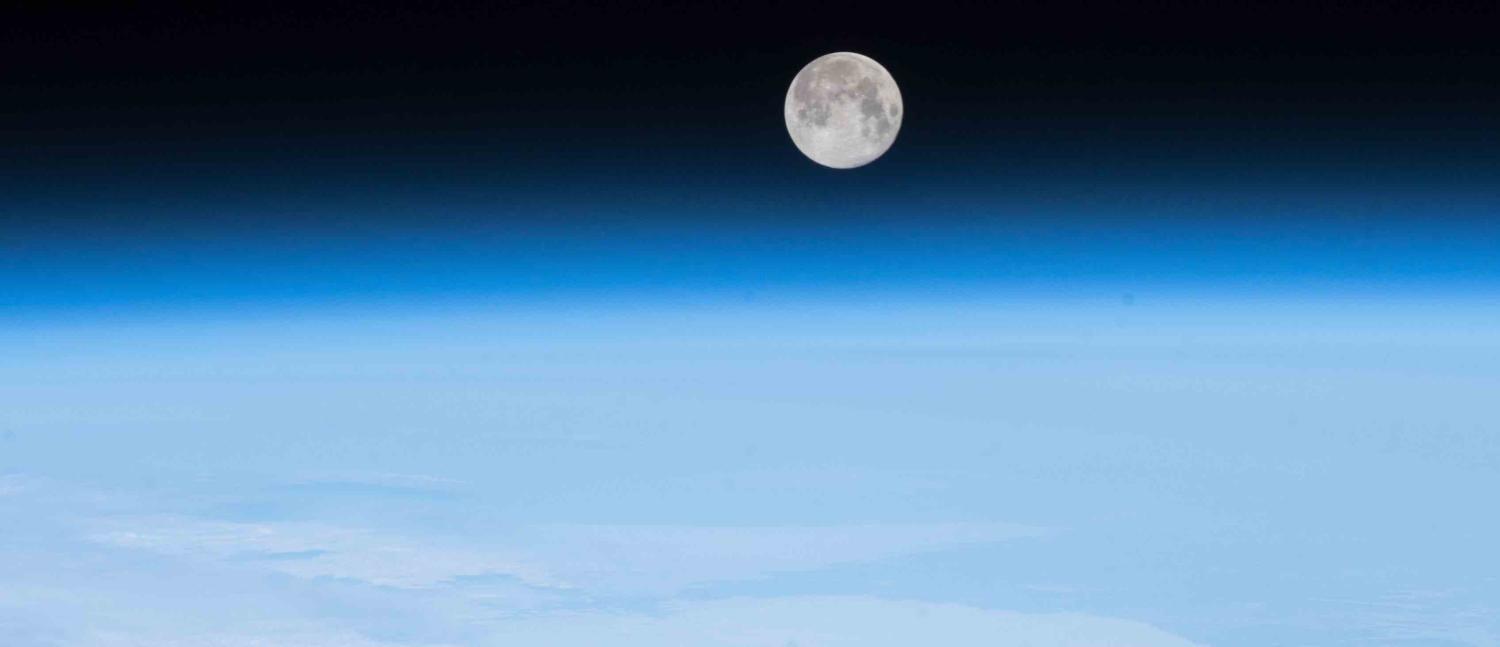Decades after the Moon became covered in American flags and footprints, the nearest world in space is becoming strategic again.
Recently, China launched a satellite to orbit the L2 Earth-Moon Lagrange point. This is an imaginary point in space hovering over the far side of the Moon (not the “dark” side, despite the references in sloppy journalism elsewhere and Pink Floyd). This is not the first time China has launched something to the Moon, but it’s a harbinger of a space program that seeks to outstrip all international rivals in the decades ahead.
Later this year, a Chinese robot lander will touch down on the far side of the Moon, becoming the first spacecraft in history to land there safely. It will deploy a small rover and conduct scientific experiments, including a small biological laboratory. The aforementioned satellite at L2 will serve as a communications relay to Earth, as there is no direct line of sight for radio transmissions from anywhere on Earth to reach the far side of the Moon.
Becoming the first nation to land on the far side of the Moon is a grand achievement, but the best is yet to come.
In the near future, China will land a spacecraft to scoop around two kilograms of lunar rock and soil, then return it to Earth. That’s been done before, but China is taking a curious approach.
The mission will send two spacecraft to the Moon: one to orbit, one to land. Then the lander will dock with the orbiter in lunar orbit to transfer the samples. Then the orbiter will return to Earth. We have seen mission profiles like this before. That’s exactly how the Apollo missions carried NASA astronauts to the Moon.
China’s grand lunar plans have been evident for more than a decade (“Chinese footprints on the Moon”) in the face of a frequently indifferent international community. Slowly, the world is waking up. China is openly discussing landing astronauts on the Moon as its long-term goal in space. It could happen in roughly a decade.
Meanwhile, it is fair to wonder if American astronauts will even be flying in space. NASA’s human spaceflight plans are highly dysfunctional, and previous attempts to return to the Moon have had false starts. America cannot even launch astronauts into space on board an American spacecraft, and delays are crippling attempts to introduce new space vehicles for NASA. Plans for a future robot NASA lunar rover were recently scrapped, to the dismay of the scientific community.
While China forges ahead with lunar plans, America regresses. As US–China rivalry grows on more Earthly fronts, the strategic significance of China’s lunar plans will become more significant.
We haven’t seen this type of rivalry since the 1960s. The Moon is becoming hot property again.

